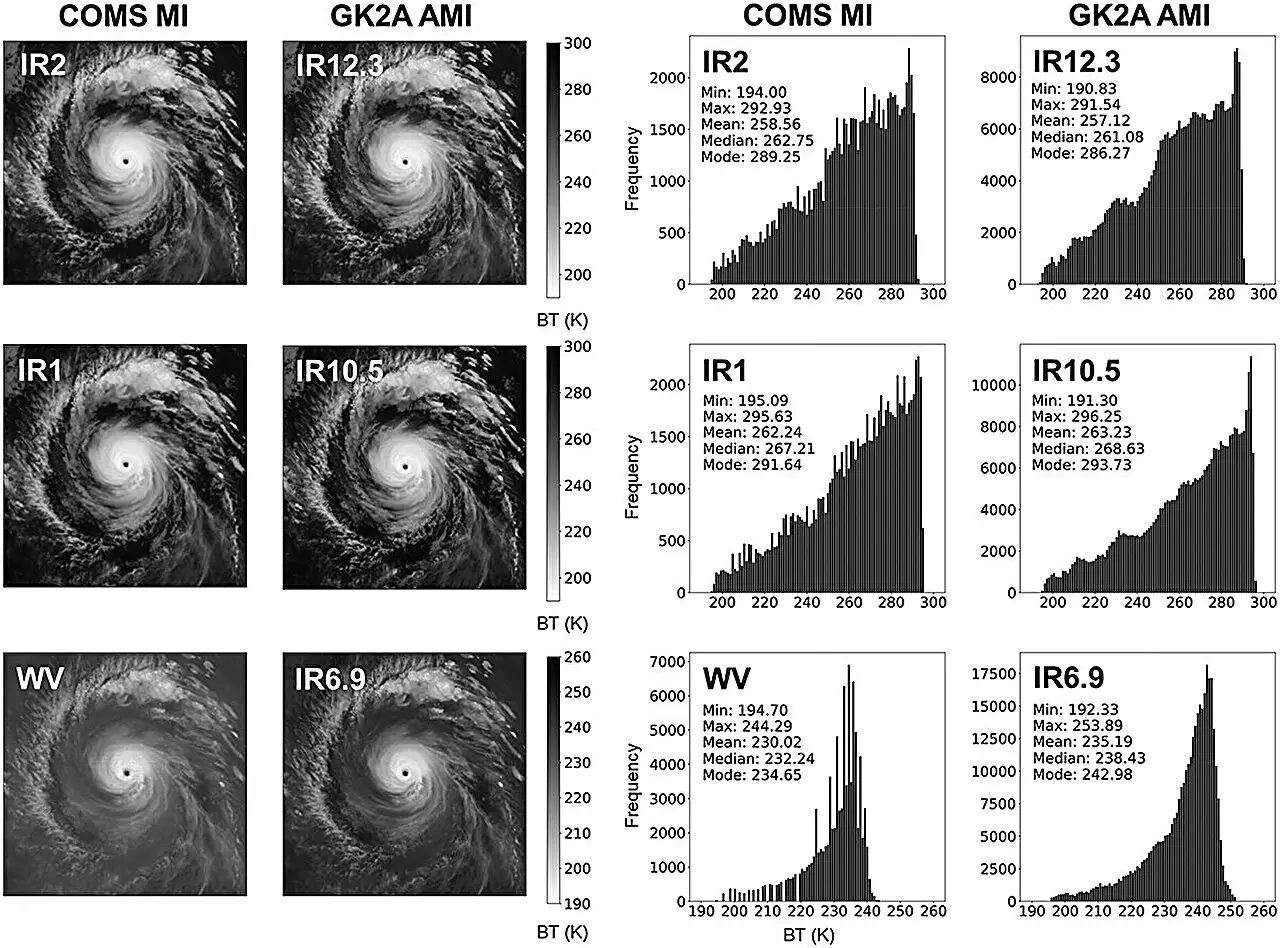In a world where climate change is leading to increasingly unpredictable weather patterns, the ability to accurately predict typhoons is becoming more crucial than ever. A team of researchers led by Professor Jungho Im at UNIST has developed a groundbreaking technology that promises to revolutionize the way typhoons are forecasted.
The heart of this technological advancement lies in the Hybrid-Convolutional Neural Networks (Hybrid-CNN) model. By combining real-time geostationary weather satellite data with numerical model data, this deep learning-based prediction model is able to provide accurate forecasts of tropical cyclone intensity with lead times of 24, 48, and 72 hours. This innovative approach significantly reduces the uncertainty associated with traditional numerical models, offering a more precise way to predict typhoons.
Traditionally, typhoon forecasting has relied heavily on geostationary satellite data that is manually analyzed by forecasters. However, this approach is time-consuming and often plagued by uncertainties. The Hybrid-CNN model bridges this gap by automating the process and providing more accurate and timely predictions. By leveraging transfer learning from satellite data collected by COMS and GK2A, the model can estimate typhoon intensity with a higher degree of accuracy.
The implications of this technological advancement are far-reaching. By providing forecasters with quick and accurate typhoon information, this new technology is poised to significantly improve disaster preparedness and damage prevention efforts. The ability to objectively extract and apply environmental factors affecting changes in typhoon intensity will empower forecasters to make more informed decisions in the face of impending natural disasters.
As we look to the future, the potential for deep learning and satellite data to enhance typhoon prediction is truly exciting. With the Hybrid-CNN model paving the way for more accurate and timely forecasts, we are on the brink of a new era in disaster preparedness. By harnessing the power of technology, we can mitigate the impact of typhoons and safeguard our communities against the devastating effects of unpredictable weather events.


Leave a Reply